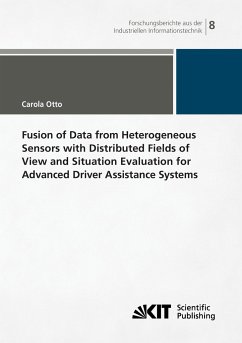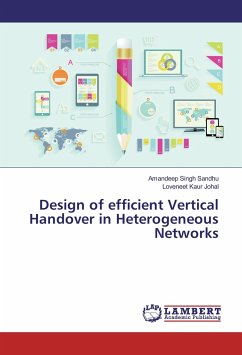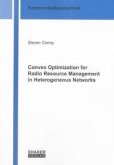The cumulative impact of co-channel interferers, commonly referred to as aggregate network interference, is one of the main performance limiting factors in today's mobile cellular networks. Thus, its careful statistical description is decisive for system analysis and design. A system model for interference analysis is required to capture essential network variation effects, such as base station deployment- and signal propagation characteristics. Furthermore it should be simple and tractable so as to enable first-order insights on design fundamentals and rapid exchange of new ideas. Interference modeling has posed a challenge ever since the establishment of traditional macro-cellular deployments. The recent emergence of heterogeneous network topologies complicates matters by contesting many established aspects of time-honored approaches. This book presents user-centric system models that enable to investigate scenarios with an anisotropic interference impact.








